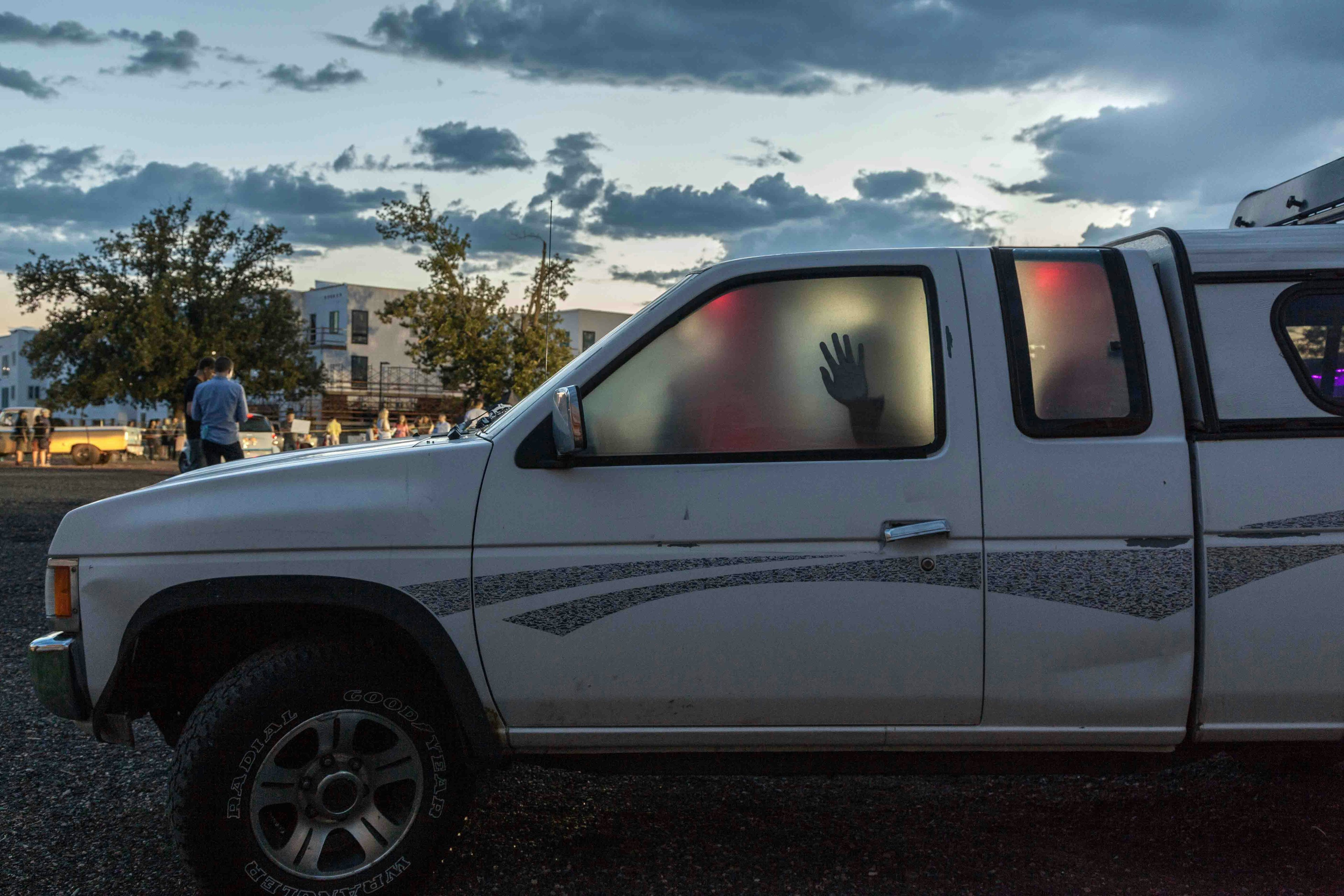Car Talk w/ Artists in Drive-In: Personal Space

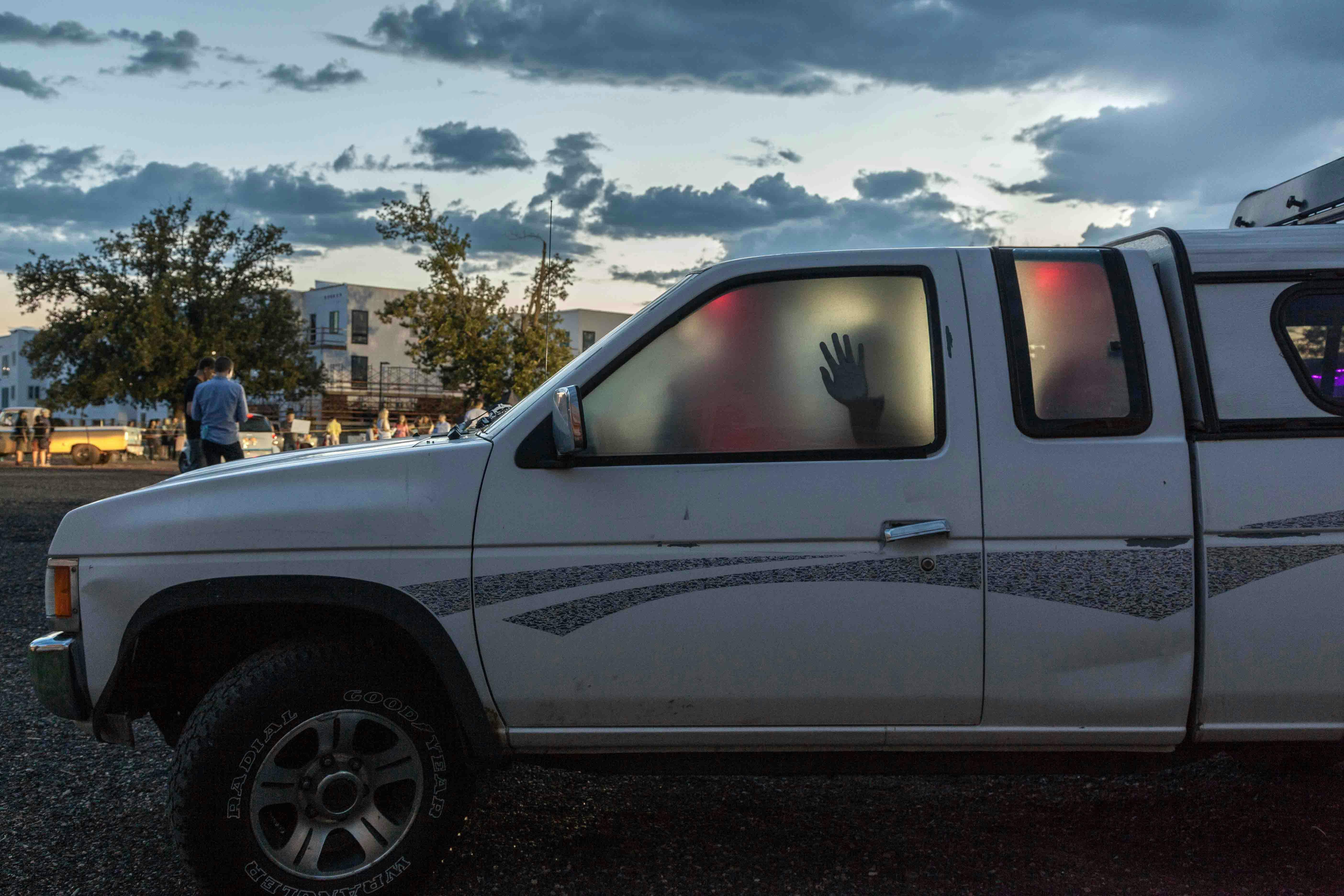

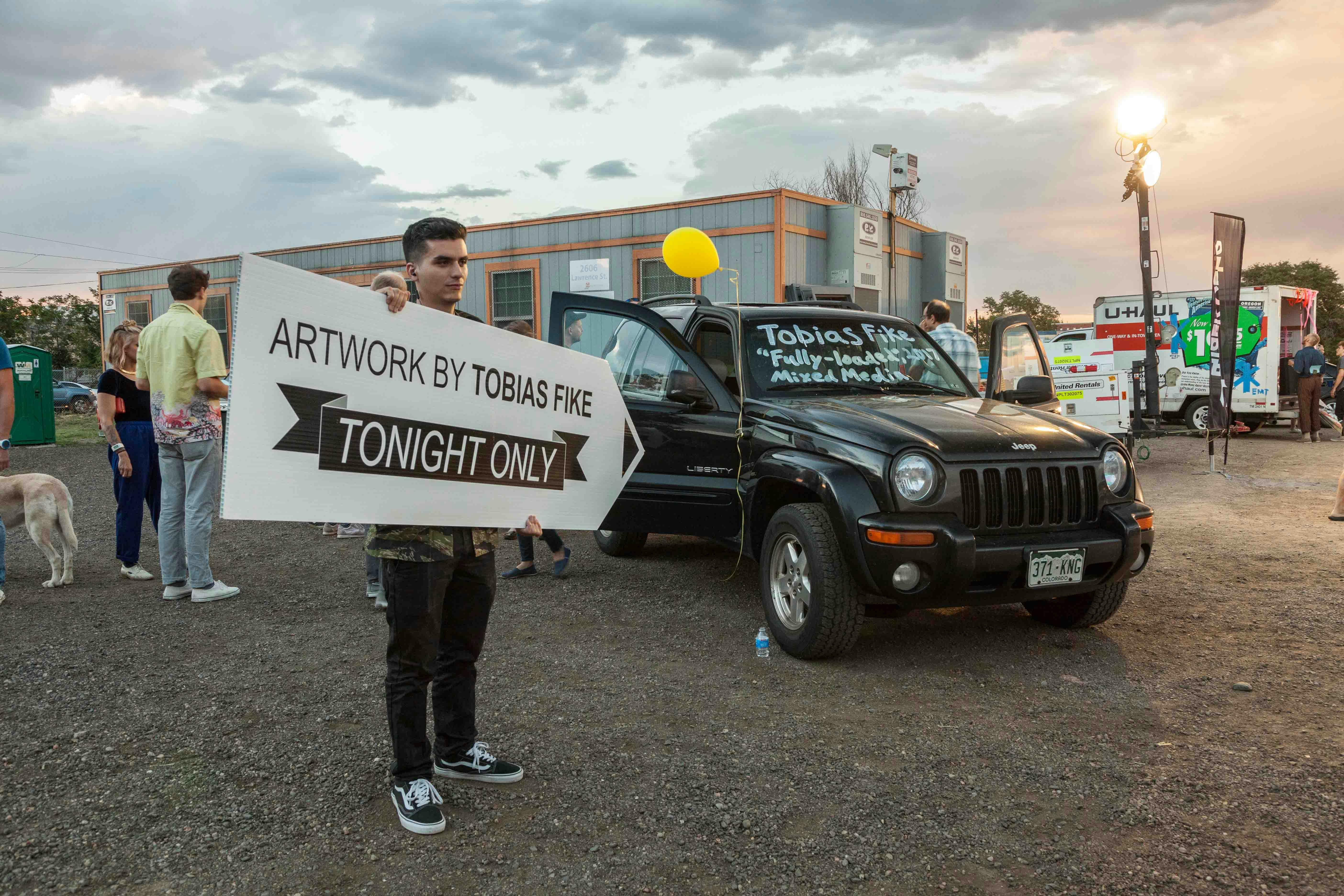
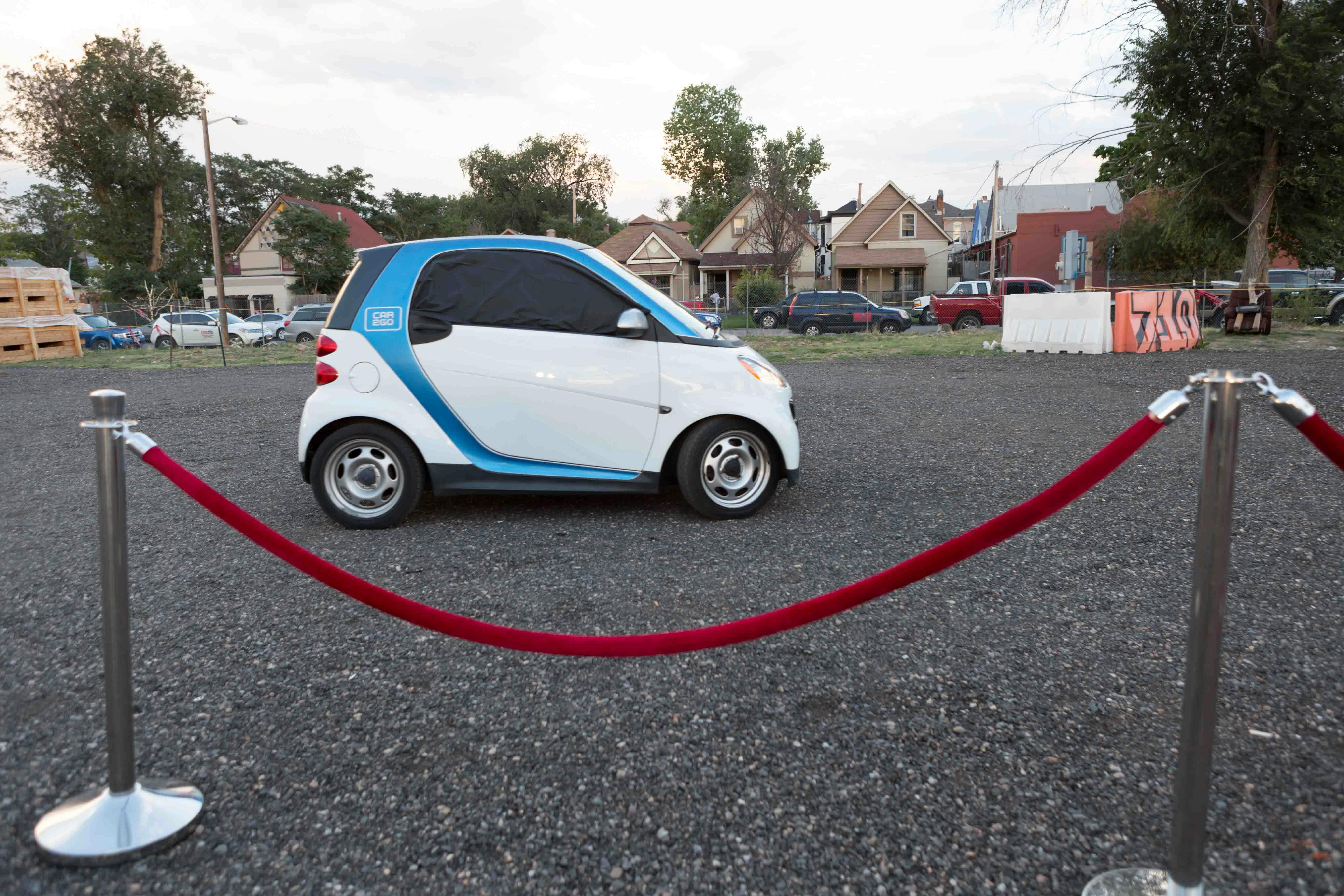
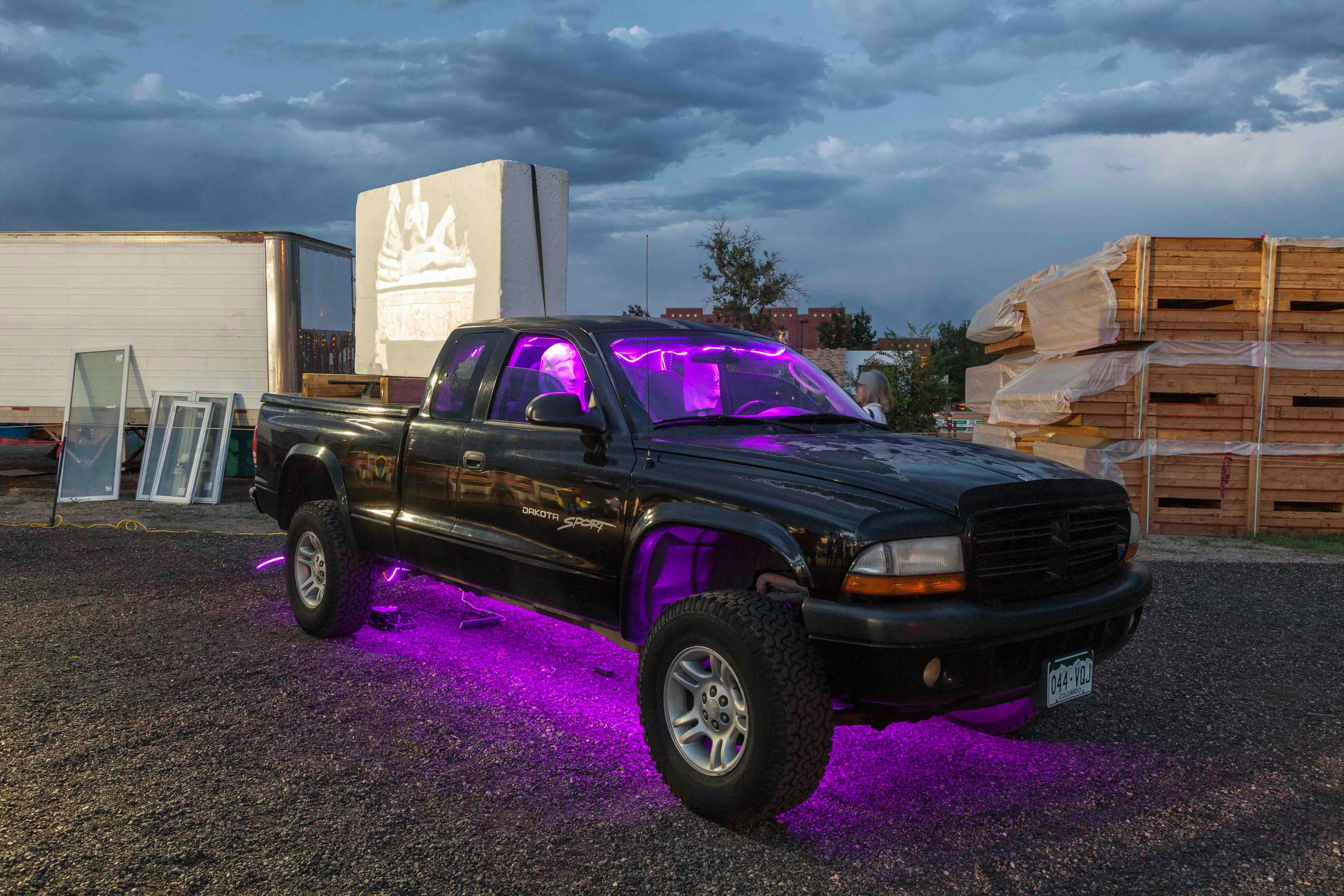
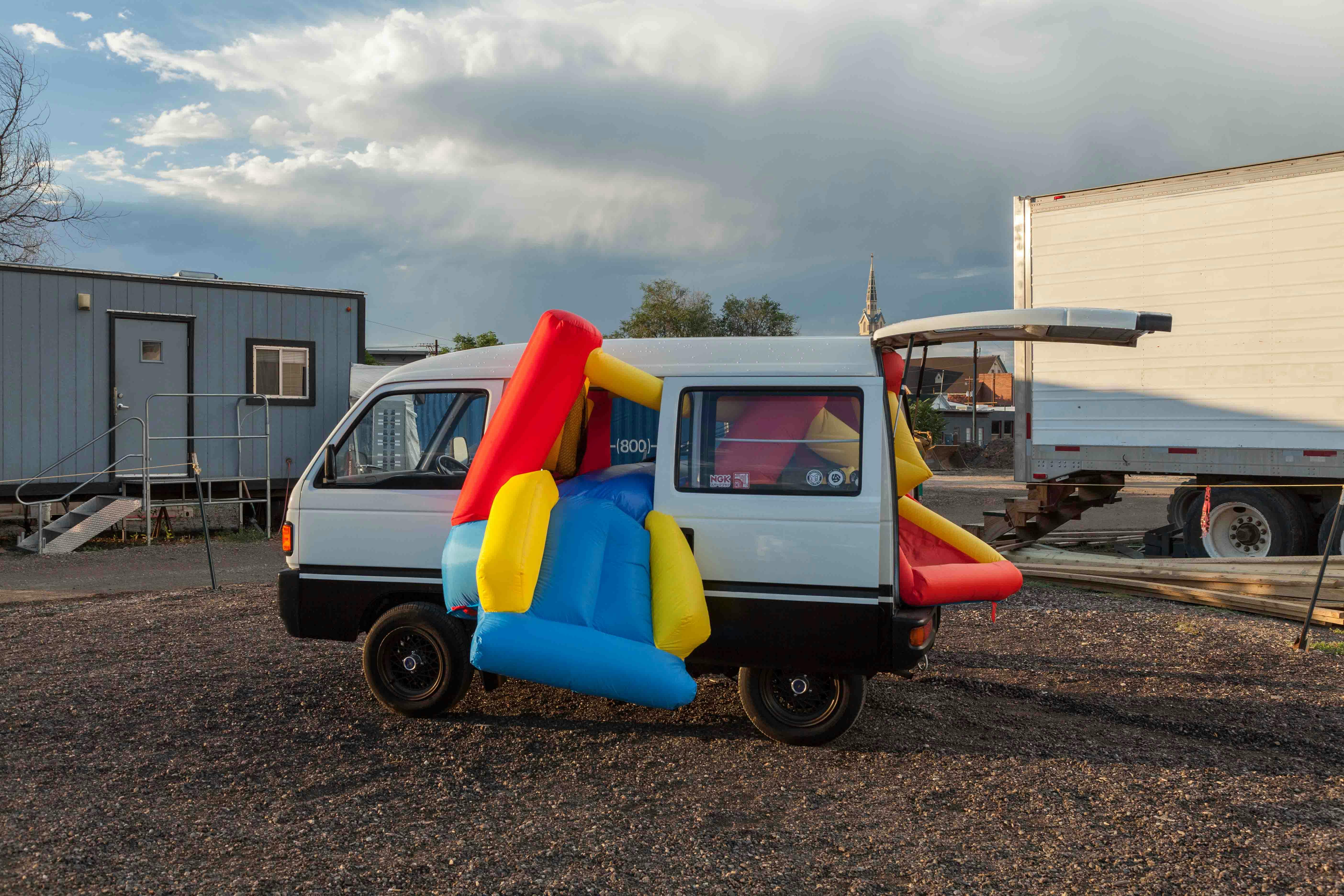
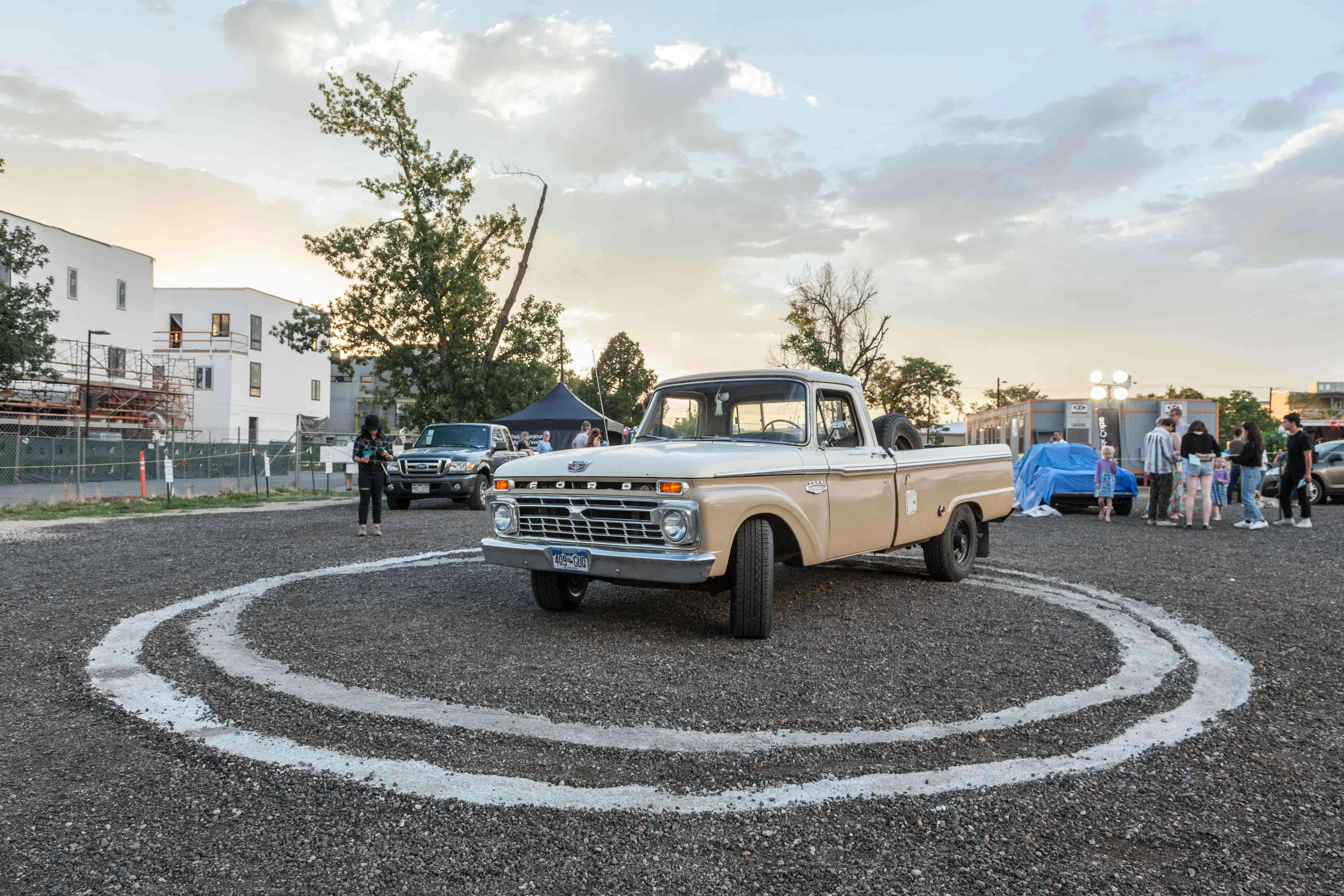


Curators, Cortney Lane Stell and Ruth Bruno, ask the artists in the first Drive-In: Personal Space exhibition to give insight into their “personal space” and discuss the relationship to the car they are exhibiting.
Car Talk w/ Artists in Drive-In: Personal Space
Amber Cobb: My truck is a 2011 Ford Ranger. This is the last year this truck was manufactured. I use my truck to haul sculptures and sculpture material all around Colorado. I also loan it out to other artists to haul their artwork. My truck is extra special because it was a gift from my father.
Tobias Fike: I tend to sentimentalize many things, but I am also a realist so I understand that nothing is forever and objects are just things. This car has a lot of memories to it. My wife bought it before we were married. I brought my first-born home in it. Now it functions as the vehicle I drive when I don't have my kids. My wife and I switch cars based on who is with the little ones. It is mostly a tool at this point, getting me from point A to point B. I value much of my drive time, as it is usually spent as an extension of my studio practice. I like to think about ideas and projects while commuting.
Kate Gonda: I don't own a car and so I use a shared car system, car2o, for errands and daily needs. Car2gos are either smart fortwo cars or more recently, Mercedes-Benz sedans. Each car2go has programmed systems in the form of monitor displays, a voice recording, and a controlled "home-area" where they may be parked and picked up by other users. You sign up with a first-time fee of $30 and then you can take a car2go as needed for various rates. While the benefits of using car2go can be great, the freedom becomes strained as you are consistently counting and calculating time versus money on a regular basis.
Dmitri Obergfell: I have a funny relationship to my truck named Dimples, which was given to me by my uncle in exchange for one of my paintings. Although I grew up around modified trucks, I never saw myself in one. My association to big trucks is centered on the notion of hypermasculinity, which is not something I’d associate myself with. But, now that I drive a big modified truck, I see the appeal. However, I’m still not down with that macho vibe.
Zach Reini: My car is a 1991 van that is exclusively manufactured for the Japanese Domestic Market as part of a class of cars called kei jidōsha, which means light automobile. These "Kei" cars have size restrictions as well as a maximum engine displacement and power; 660cc's respectively. Owners receive discounts on insurance, taxes, and parking with these very affordable vehicles. I’ve previously owned four American-made vans, so clearly I’ve always been a fan. I've liked their capability to store and move a lot of materials with ease, however their size and fuel economy has always been their downside. I gravitated to this Honda for its quirkiness as well as its practical size and tried and true Honda reliability. Kei cars are very rare in the U.S. due to the 25-year-rule on importing foreign vehicles. In general, cars here require more power for interstate travel, yet I've found this van to be perfect for domestic commuting. Its contrast to the American bravado and lust for size and power is what makes me love driving it, as well as putting a smile on people’s faces as they see this cute bit of Japanese engineering scoot down the highway.
Nick Silici: I bought a camper special truck from the original owner, an old man from Bennett, Colorado, who had to sell the truck because he couldn't pass the eye test at the DMV. I always wanted to own an old truck that is an absolute workhorse and an American icon. That's why I choose to drive, "El Heffe.”
Gretchen Schaefer: My husband got a 1996 pickup in December 2004, the same month we started dating. Ever since then, it has played an important and intimate role in our relationship.
Mario Zoots: I love cars from the 1980's, and when I saw my car, I had to have it. My relationship to my car is one of love.
